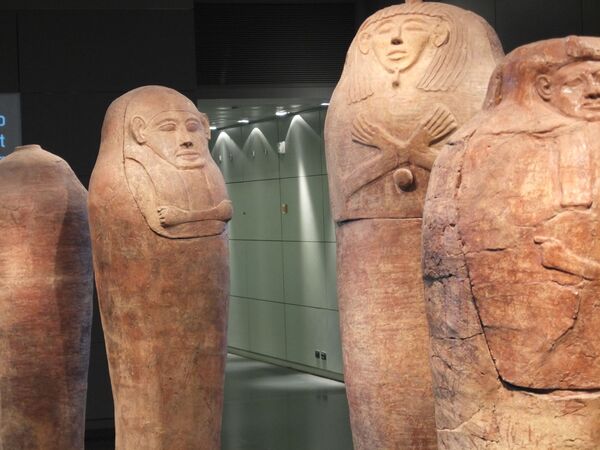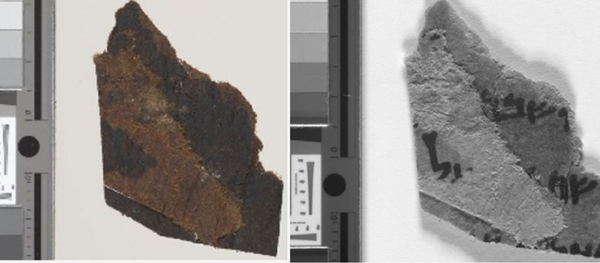Canaanites, who lived in the present-day areas of Israel, Jordan, the Palestinian Authority and Lebanon somewhere between 3,500 and 1,150 BC, are believed to have migrated to this territory of the Southern Levant from northeastern parts of the Ancient Near East, a new study published by the Cell revealed.
A team of international researchers analysed DNA extracted from petrous bones of 73 individuals from five archaeological sites across the ancient territory of the Southern Levant, combining it with some previously published data, to conclude that all of the remains shared the same genetic components belonging to the two main lineages. One source of Canaanite material culture thus relates to local Neolithic populations of the Levant, while another one to the Bronze Age Iranians from Chalcolithic Zagros and ancient inhabitants of Caucasus.
There are no ancient DNA samples from that regions to support this data, the scientists note, but they believe that it is exactly territories of contemporary Georgia, Azerbaijan and Armenia of the so-called Ancient Near East that experienced the migration of Canaanite community to the Southern Levant for a period of several centuries.
“Populations in the Southern Levant during the Bronze Age were not static”, said Liran Carmel, one of the paper’s author from the Hebrew University of Jerusalem.
The Canaanite community has been widely described in biblical texts and other sources from the 2nd millennium BCE and is referred to by Israeli media as the “frenemies” of the conquering Israelites. But despite all the movements recorded during the Bronze Age, it now turns out that the inhabitants of the Land of Canaan still managed to keep genetic homogeneity and emerge as a coherent cultural and genetic group.



